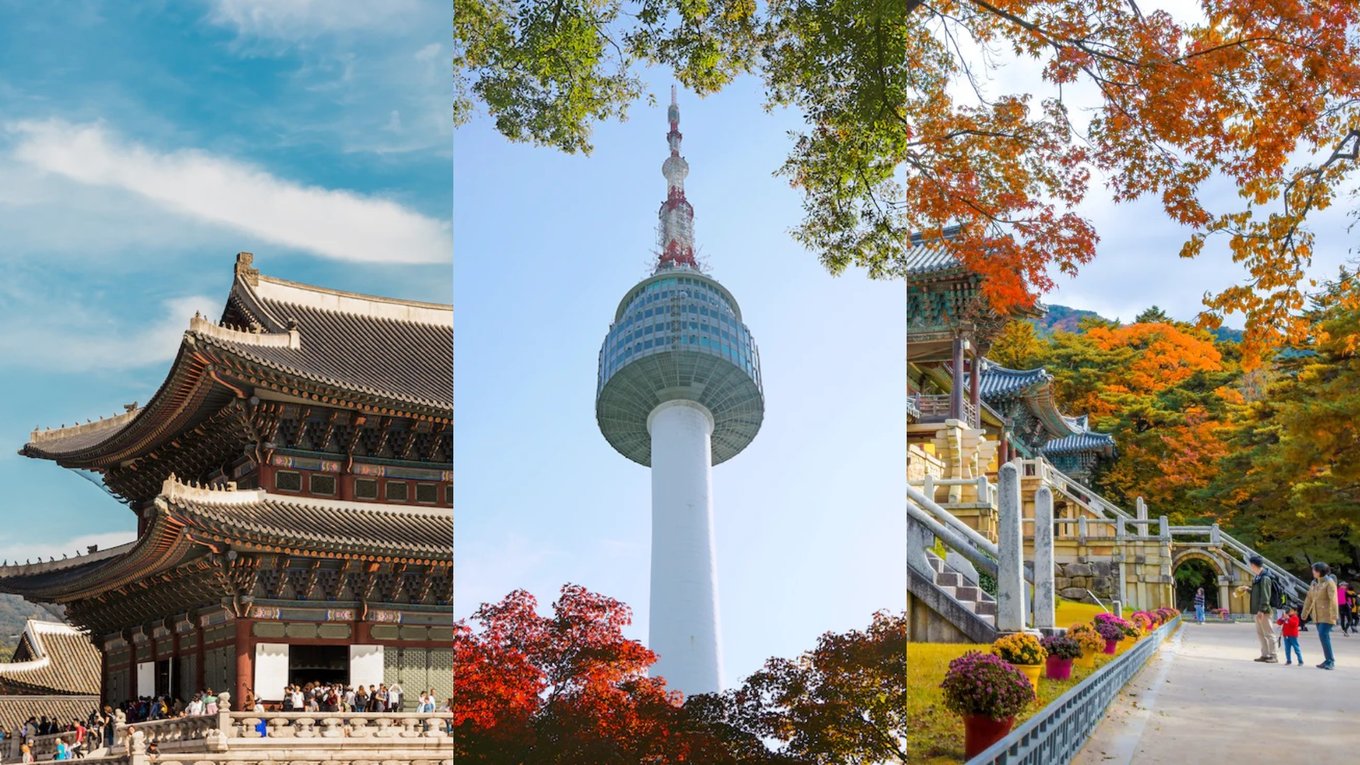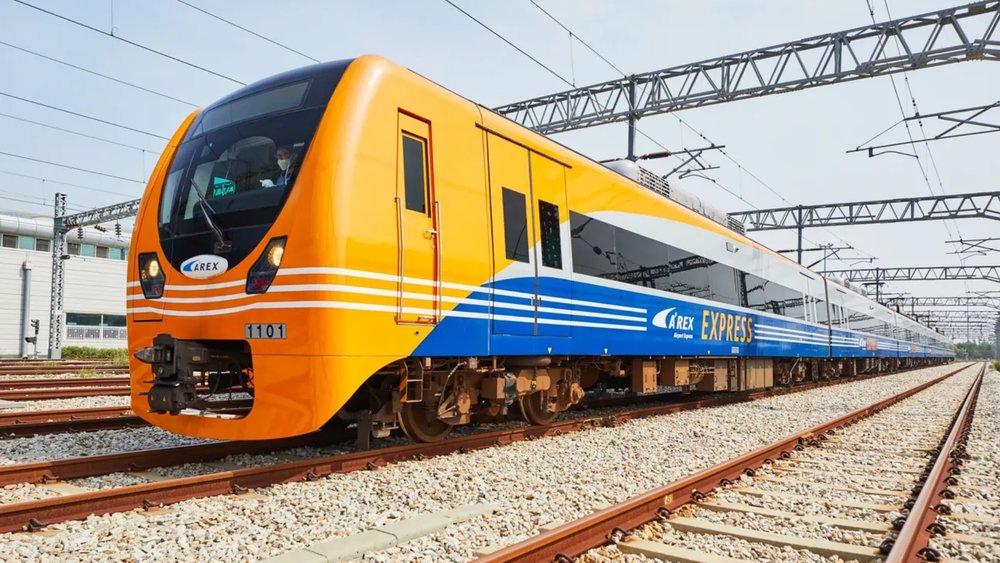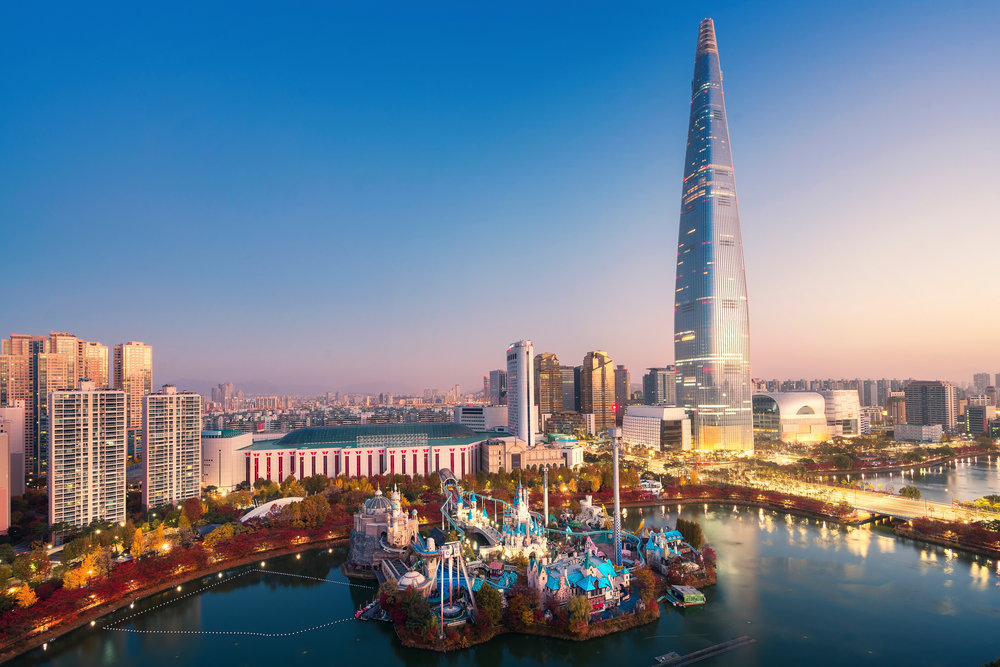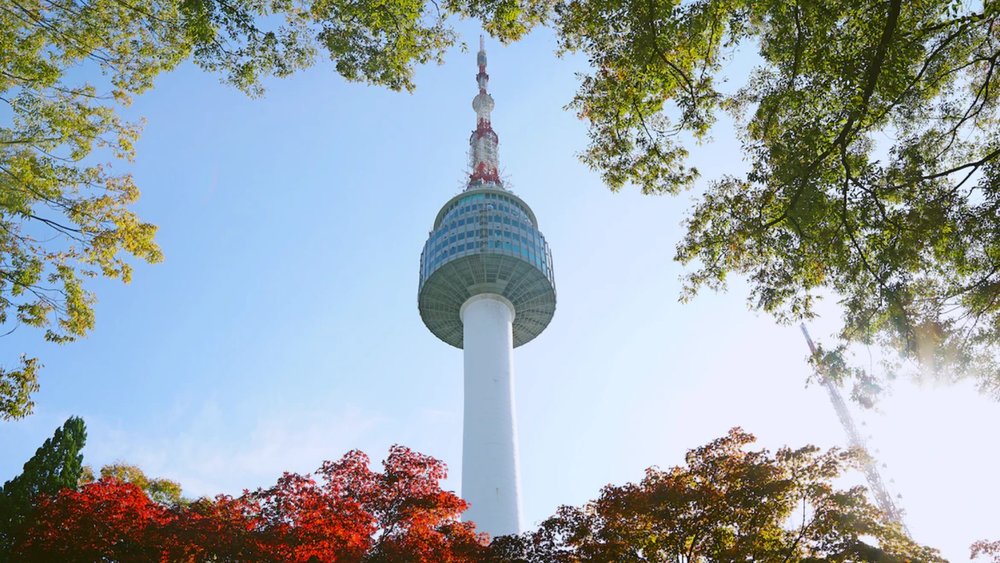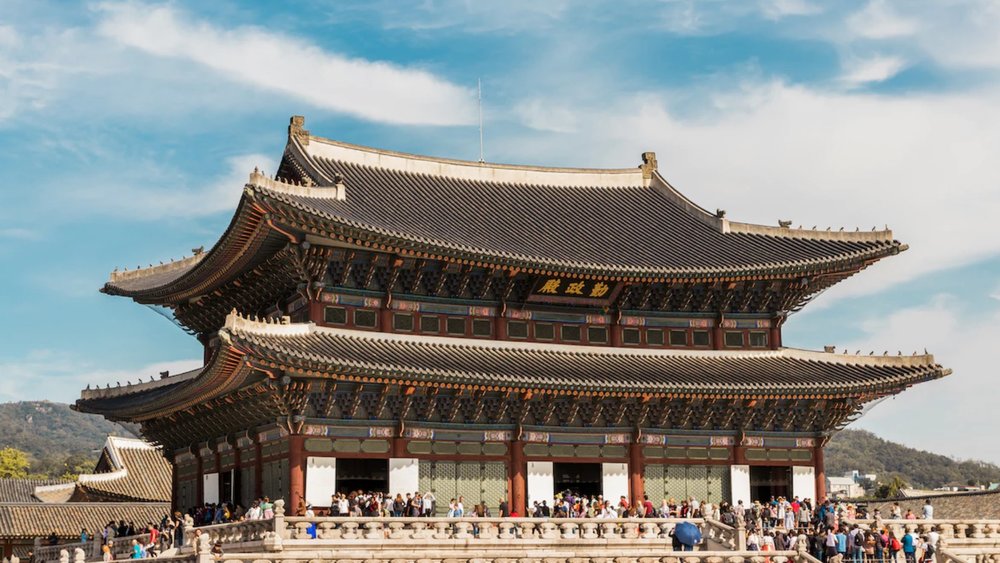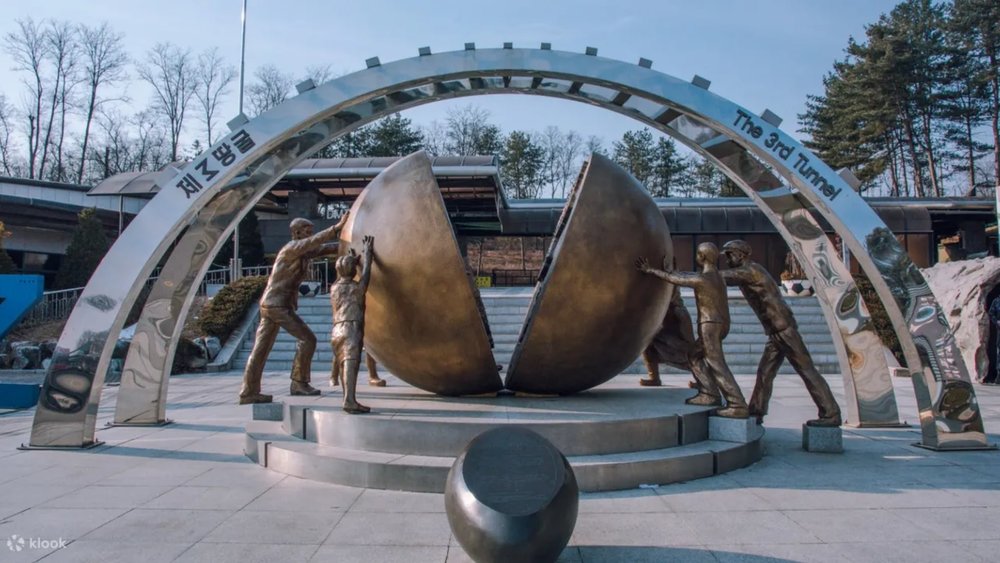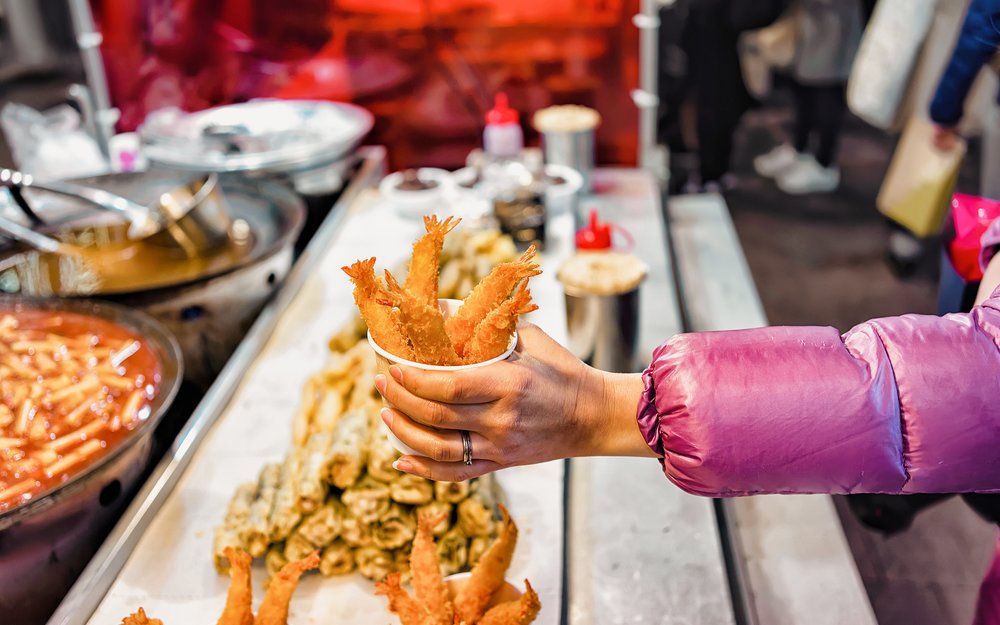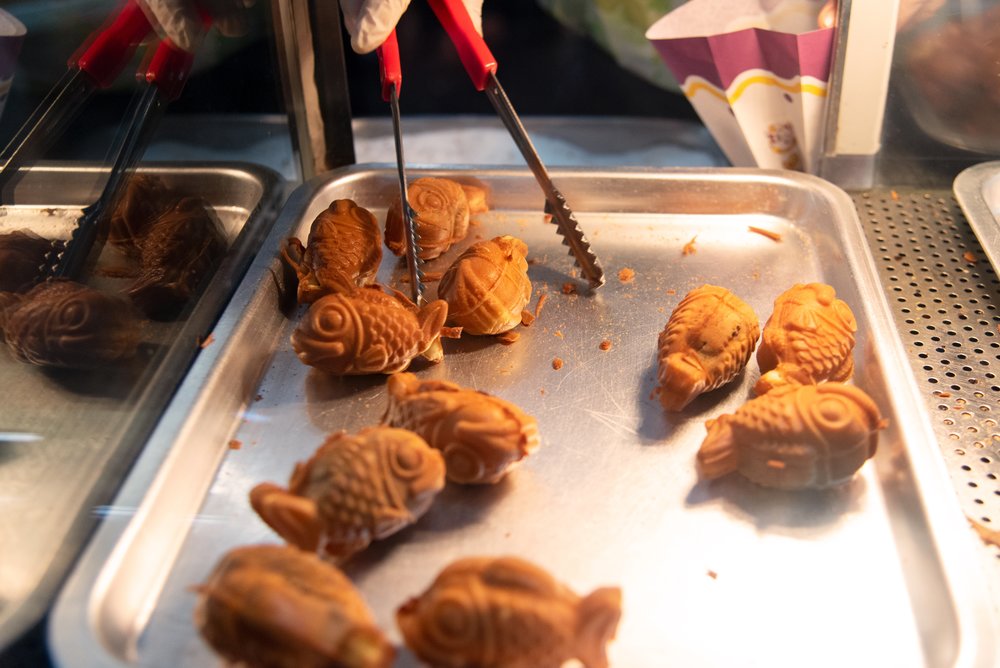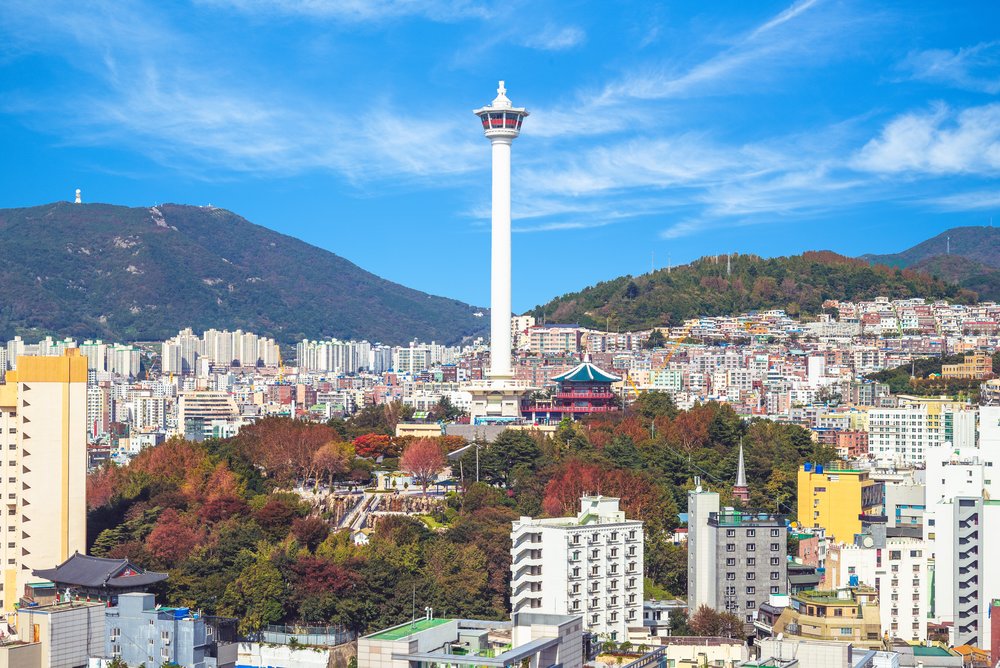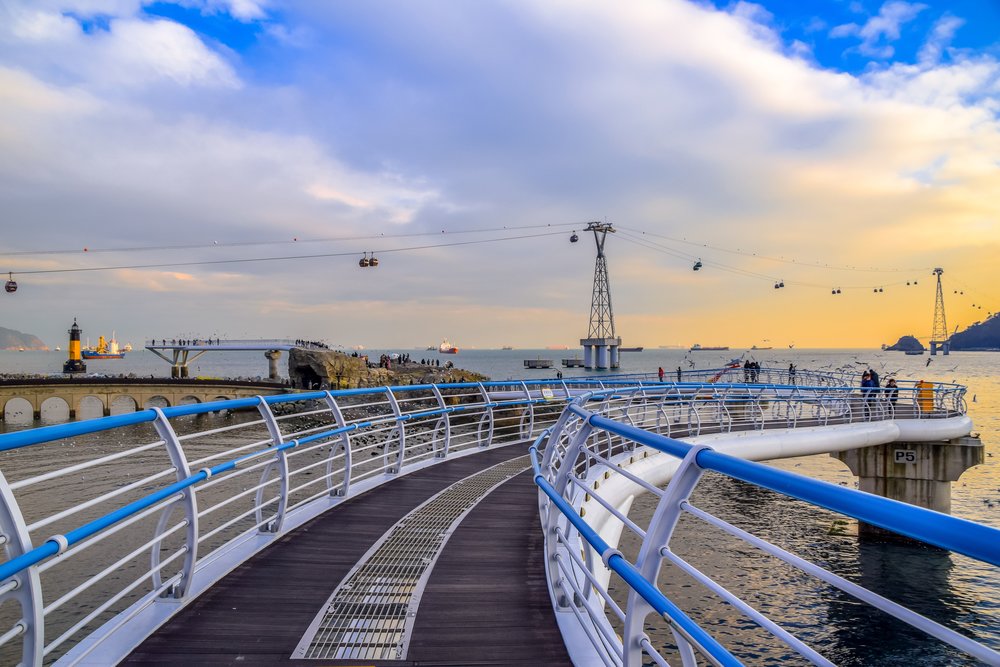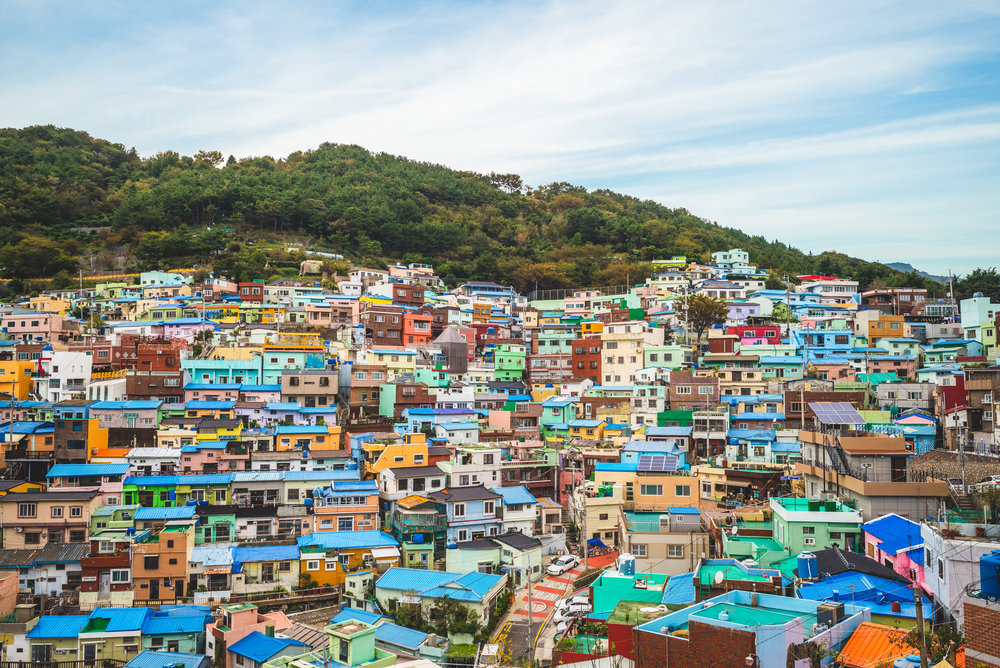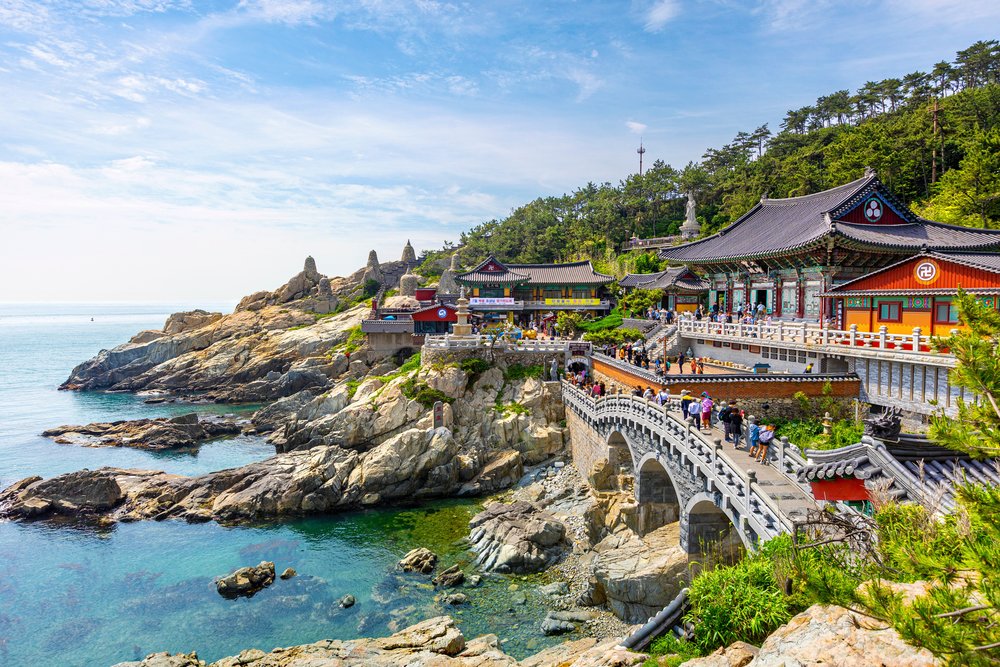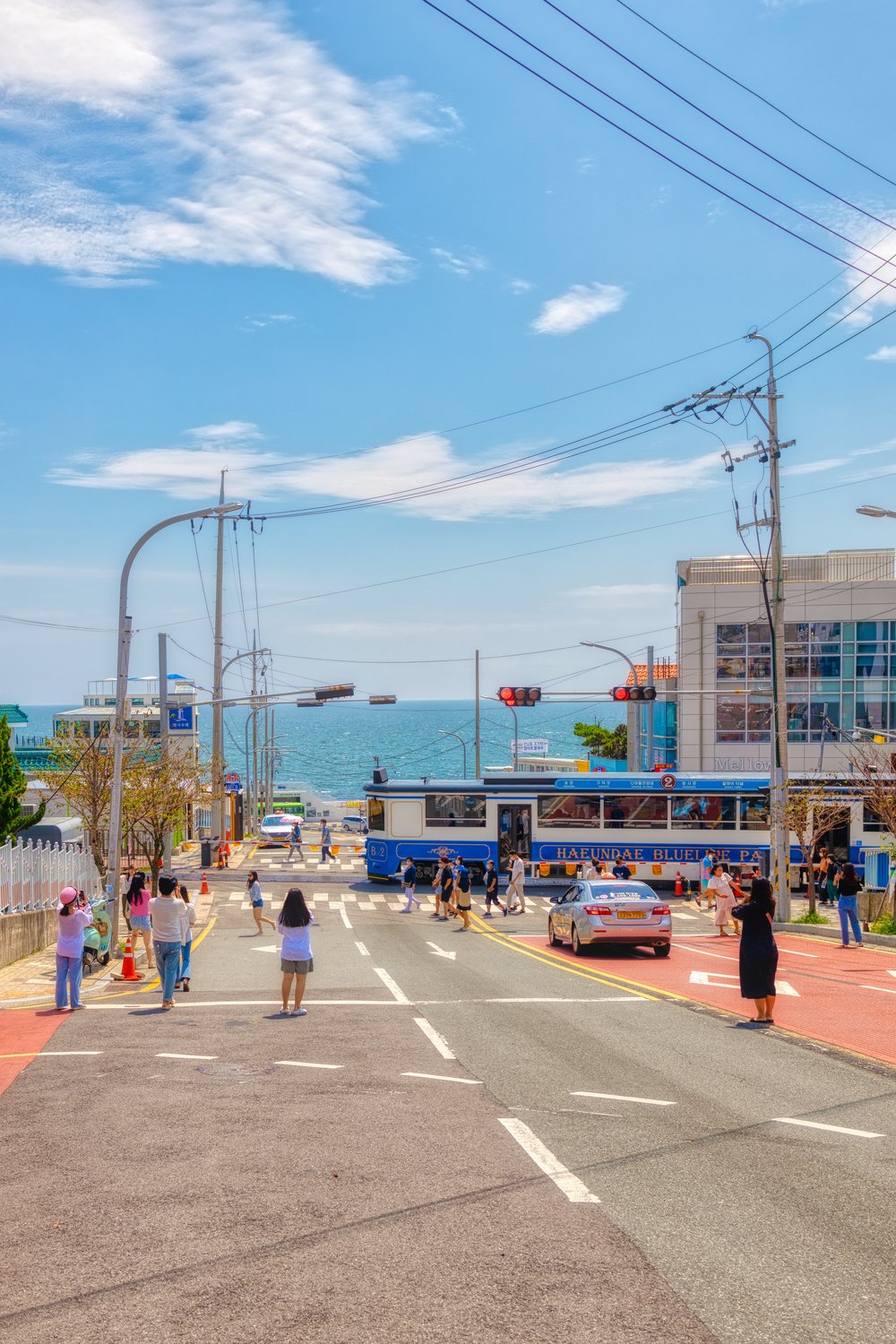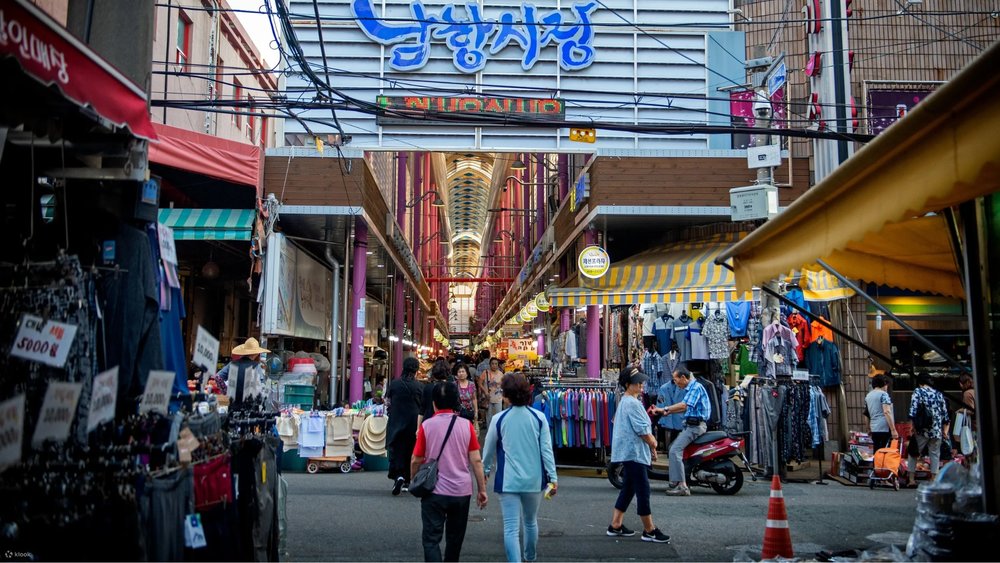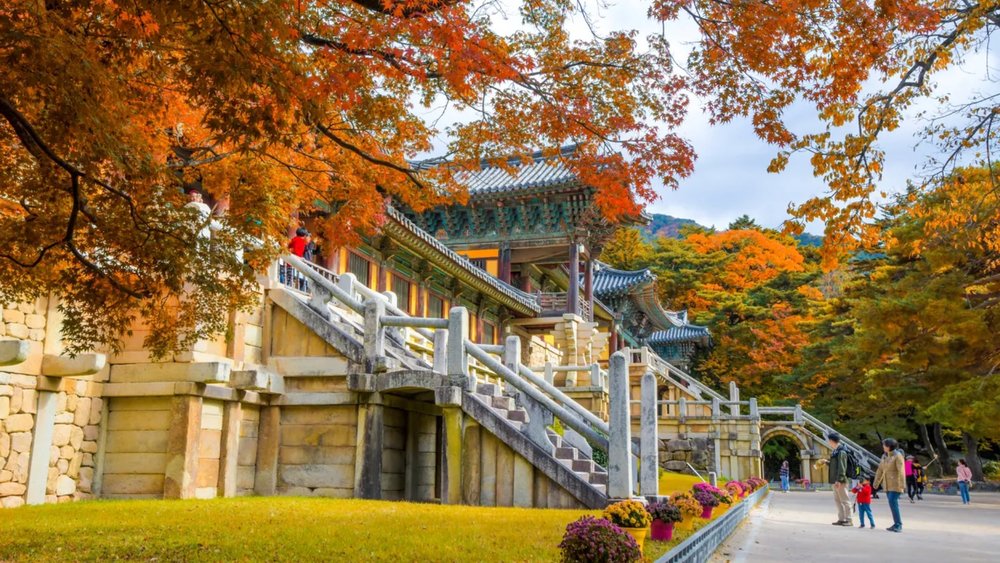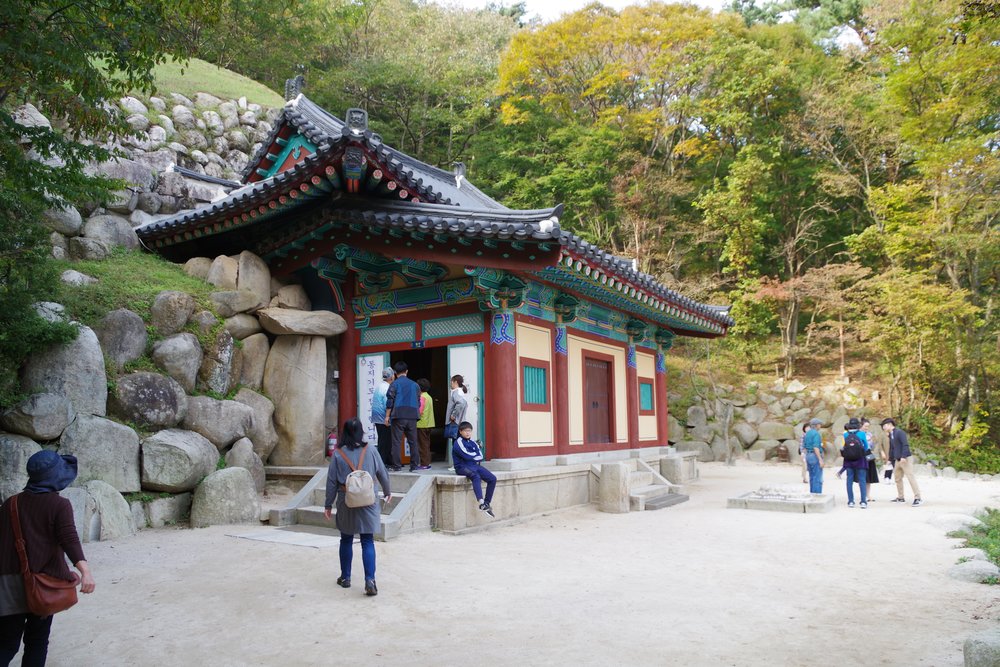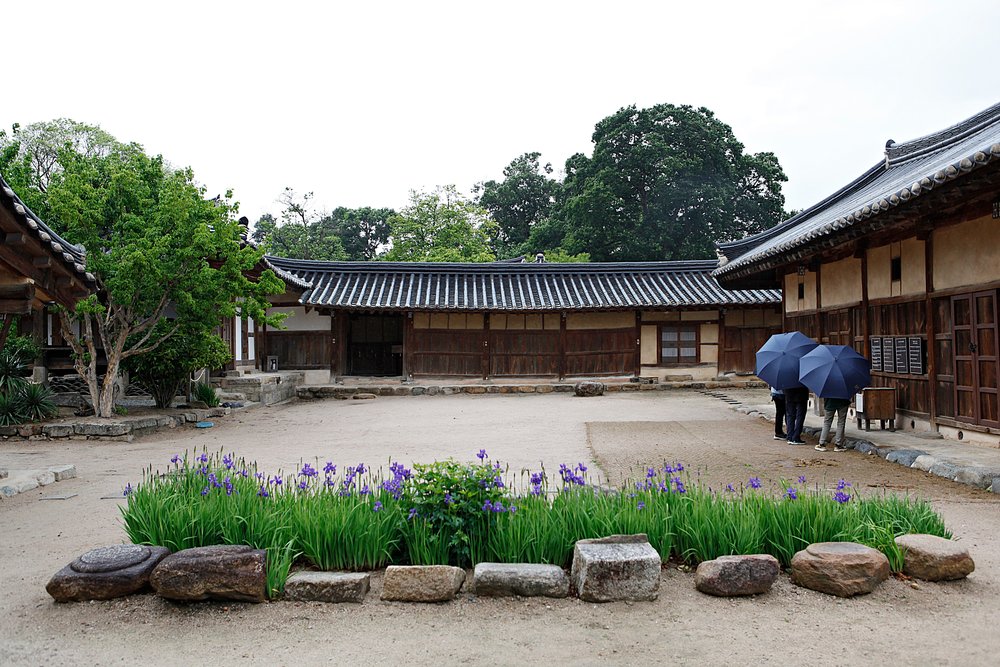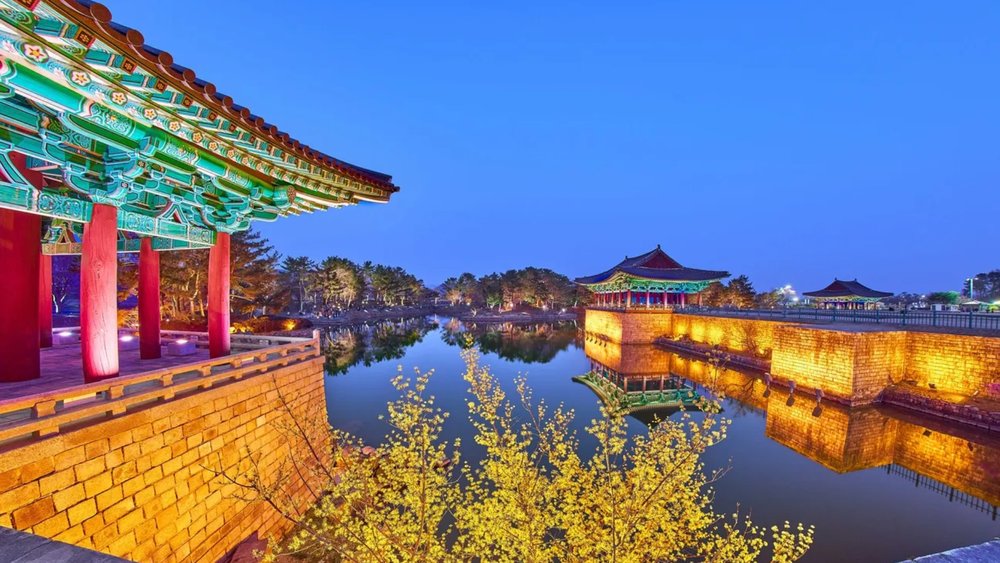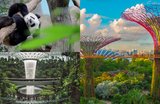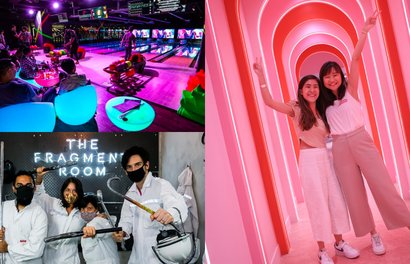South Korea is the travel spot to discover rich and unique culture, taste flavorful cuisines, and indulge in prime fashion and cosmetics shopping. With so many things to do in Seoul, you can complete your travel to Korea bucket list. However, there’s really so much more to discover beyond the capital city, so we’ve listed some more places to visit in South Korea.
Here are our itinerary ideas for a daebak (awesome) travel to South Korea:
Getting to and Going Around Seoul
Travel SIM
A travel SIM should top your list of travel essentials. This is a must-have for your trip to South Korea, especially if it’s your first time visiting the country. Use the sim to access maps, transportation apps and schedules to help you get around the cities you’re visiting. It’s also a great way to do a quick search for the best local restaurants, shops or attractions in the area.
Train Travel vs Plane Travel
In general, trains are more commonly used to travel around South Korea, unless you’re visiting Jeju Island, which is separated from the mainland. Although train rides can take around two hours, South Korean trains are known for their punctuality and affordability, especially if you’ve got a transportation card. There are two main train lines that begin in Seoul, but there are even more lines at different price points. All in all, train rides are cheaper than plane rides which usually take around an hour.
TMoney Card
Speaking of transportation cards, getting a TMoney card is a way to travel around the country hassle-free. Enjoy cashless payments for public transports, convenience stores, and vending machines—all you’ll need is your loaded TMoney card.
Korea Rail Pass
Another easy and affordable way to travel around South Korea is with the Korea Rail (KR) Pass. You’ll be able to hop on and off trains as much as you want for 2, 3, 4, or 5 days to over 600 stations. There are two kinds of KR passes:
- The Consecutive Pass is great if you’re traveling to multiple locations for consecutive days.
- The Flexible Pass allows you unlimited travel for the designated number of days within a given time frame. This is the option for you if you’re planning to stay a little longer at some locations.
Seoul (4 Days)
From the airport, begin your adventure in Seoul with the AREX Incheon Airport Express Train, so you don’t have to worry about getting picked up from the airport.
As South Korea’s capital, Seoul is brimming with history and famous landmarks. It’s an eclectic mix of the traditional and the modern with charming neighborhoods as well as business districts littered with hi-rises. A lot of visitors usually stay in the city for the duration of their trip just because there are already so many things to do in Seoul. But to avoid getting overwhelmed with different tickets, passes, and fees, the Discover Seoul Pass is the easiest and most efficient way to complete your itinerary. It’s an admission ticket and a transit card in one that you can use for 1, 2, or 3 days.
What can you see with the Discover Seoul Pass?
Lotte World
Lotte World should be on your list of things to do in Seoul, especially if you’re traveling with children. This indoor and outdoor amusement park features high-speed roller coasters, VR rides, kiddie attractions, theater shows, and live magic shows featuring some of Korea’s best illusionists and magicians!
N Seoul Tower Observatory
First built in 1969, N Seoul Tower Observatory holds a lot of history as South Korea’s first general radio wave tower and as the location of many love locks from couples and families who have visited! Up the tower, there are also incredible views of Seoul and Namsan Hill from around 500 meters high.
Gyeongbokgung Palace
Gyeongbokgung Palace should definitely be at the top of your things to do in Seoul. Originally built in 1935, it served as the Joseon dynasty’s main palace, and if you want to learn more, you can also visit the National Palace Museum of Korea and the National Folk Museum of Korea also located on palace grounds. There’s also the Changing of the Guards ceremony that takes place at 11AM every day, and it’s truly a sight to see.
Demilitarized Zone (DMZ) Tour from Seoul
For a deeper insight into Korean history and culture, this Demilitarized Zone (DMZ) Tour will teach you all about the history of the Korean War and the Cold War. You’ll visit historical sites, like Imjingak Park, Freedom Bridge—the bridge South Koreans crossed when they came from North Korea after the Armistice Agreement, the Third Infiltration Tunnel, and the DMZ Exhibition Hall. And, if you head up to the observatory, they’ve got binoculars that will give you a bird’s eye view of North Korea.
Myeongdong
After some sightseeing, treat yourself to some shopping! Myeongdong street is the prime shopping hub with Korean beauty and fashion stores everywhere. Even better: at night, vendors line the streets with various carts of delicious Korean food—the perfect way to round off your shopping trip.
Daegu (3 Days)
Daegu is one of South Korea’s largest cities with a rich history as seen through its thriving traditional markets, several Buddhist temples, and as the home of Daegu Yangnyeongsi Market—Korea’s oldest oriental medicine market that's been around since 1658.
Seomun Market
If you want to get your souvenir shopping out of the way, then head over to Seomun Market. It’s Daegu’s largest traditional street that offers a variety of goods for sale. In the daytime, vendors sell everything from clothing to kimchi to seafood. Then at night, the streets are lined with food trucks, one of which serves beondegi, or silkworm larvae—don’t knock it ‘til you try it!
Donghwasa Temple
Another must-visit in Daegu is Donghwasa Temple, which means “Temple of Paulownia Blossoms.” This Buddhist temple is the home of Seokjoyaska Yeoraebul, a jaw-dropping 17-meter-high Buddha statue. From here, you can also hike up to Gatbawi at Gwan Peak on Mount Palgong to visit the Stone Seated Medicine Buddha.
Busan (4 Days)
Busan is widely known for its pristine beaches with a view of the sea everywhere you turn. It’s the second largest city in South Korea, so make sure you have enough time to cross off a bunch of attractions!
Busan Tower
Busan Tower is a must-visit for panoramic views of the city from 120 meters high. You can even enjoy the view with a warm cup of coffee from the cafe located right on the deck.
East and West Busan Day Tour
Strap in for a full day of exploring the best of Busan’s attractions on this East and West Busan Tour. You’ll be able to visit the following attractions and more, including indulging in a Korean lunch.
One of your stops includes Songdo Beach Skywalk, where you’ll stroll along the short trail over Songdo Beach—which was Korea’s first official beach—for a stunning view of the water, the lighthouse, and Turtle Island.
You’ll also visit Gamcheon Cultural Village, which is also known as the “Machu Picchu of Busan” because of the several colorful houses in the area that have been built to look like a staircase.
Haedong Yonggungsa Temple is a must visit for its tranquil vibes, thanks to its spot right along the shore line. The beautiful temple was first constructed in 1376 during the Goryeo Dynasty, but had to be rebuilt in the 1930s.
Blue Line Park Sky Capsule and Beach Train
For a more in-depth adventure through Busan, this small group tour with a local guide is the way to go. Let your guide help you learn all about the city, including giving their top recommendations for restaurants and shopping.
On your tour, you’ll stop by Cheongsapo, a charming town situated by the seaside, which means it has a spectacular view of the lighthouse. It’s also known for delicious seafood restaurants, as well as unique and interesting cafes.
At Yeongdo Namhang Market, you’ll find a wide range of fresh and budget-friendly seafood. Thanks to Busan’s prime location, the city serves some of the best seafood you’ll ever taste.
Gyeongju (3 Days)
History buffs will have a ball at Gyeongju. The city served as the residence of Silla rulers for over 1,000 years. This Gyeongju tour will take you to some spots that will pique your interest.
Bulguksa Temple
Bulguksa Temple is a Buddhist temple and within it are six national treasures of South Korea, including the Dabotap and Seokgatap stone pagodas, as well as two gilt-bronze statues of Buddha. You definitely shouldn’t miss this on your list of things to do in South Korea!
Seokguram Grotto
A part of the Bulguksa temple complex, Seokguram Grotto is one of South Korea’s designated national treasures as an important historical, cultural, and religious site. Locals and tourists alike come to appreciate the East Asian craftsmanship of the Sakyamuni Buddha.
Gyochon Hanok Village
For an introspective look into South Korea, visit Gyochon Hanok Village, which used to be the capital of Silla. There are cafes, shops, and museums housed in traditional buildings, as well as an actually preserved traditional house, so you can see what life used to be like!
Daereungwon Tomb Complex
Daereungwon Tomb Complex is another interesting destination in Gyeongju as the resting place of the ancient tombs of royalty from the Silla period. It’s where the Cheonmachong Tomb, an upper class Silla tomb, is located, along with the only discovered painting from the time period.
Donggung Palace and Wolji Pond
Another historical location in Gyeongju is the Donggung Palace—the secondary palace used by the Silla Kingdom. It also served as the venue for banquets for national events and prominent visitors. The palace has actually been used as the set of a few Korean dramas thanks to how beautiful the grounds really are.
Now that you know all the things to do in Seoul, Daegu, Busan, and Gyeongju, you’re all set to visit South Korea! There are more attractions you can visit, so Feel free to add more spots to your two-week long itinerary.

